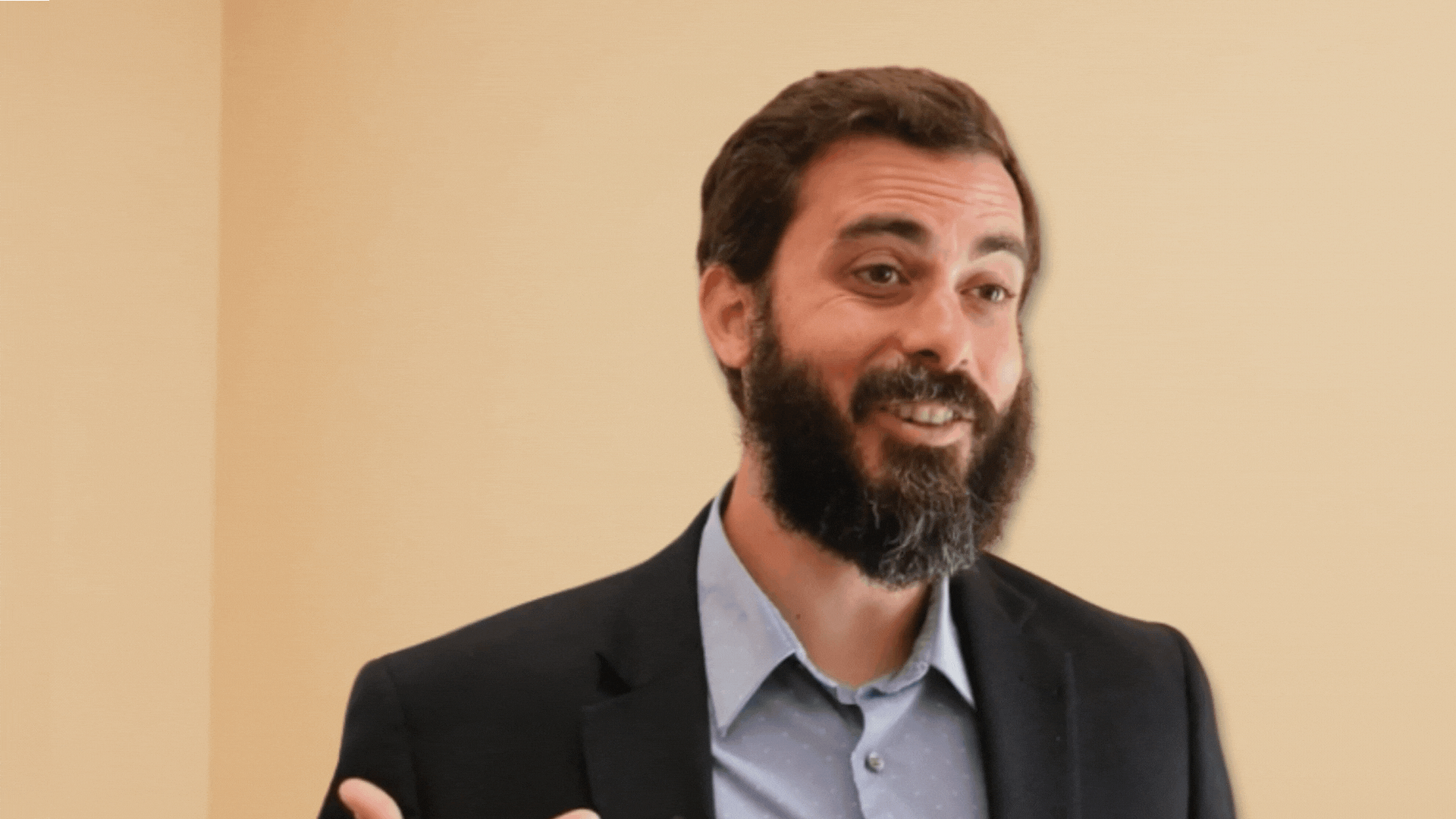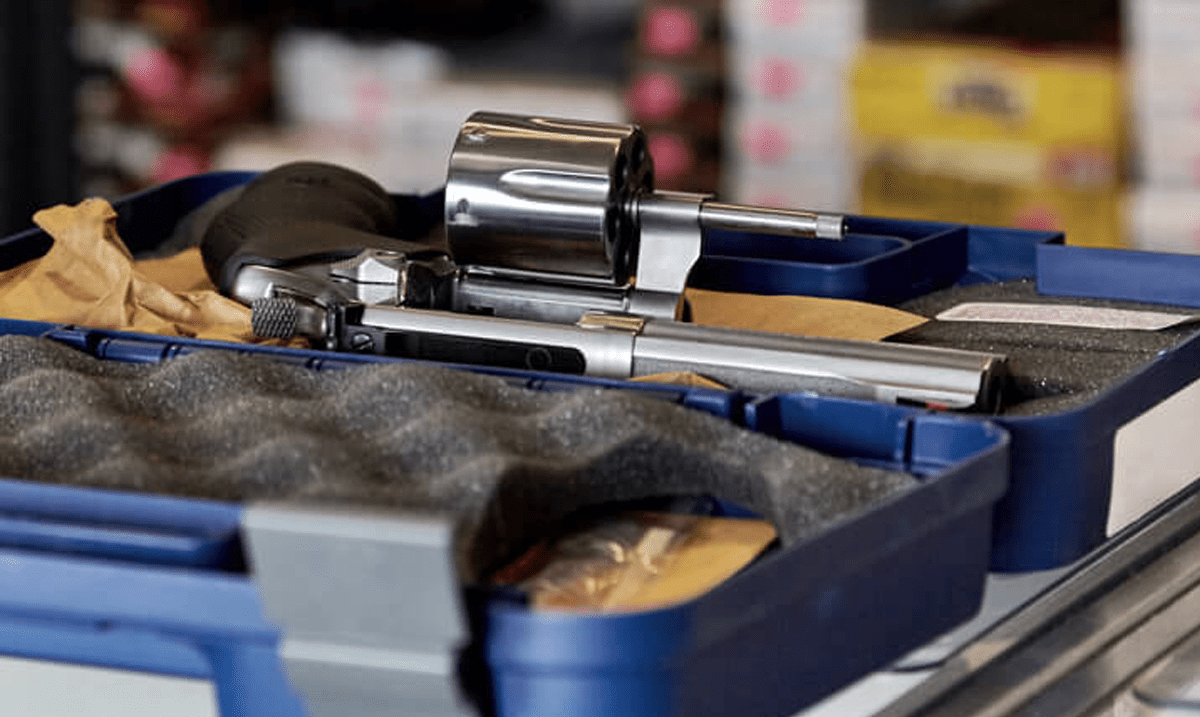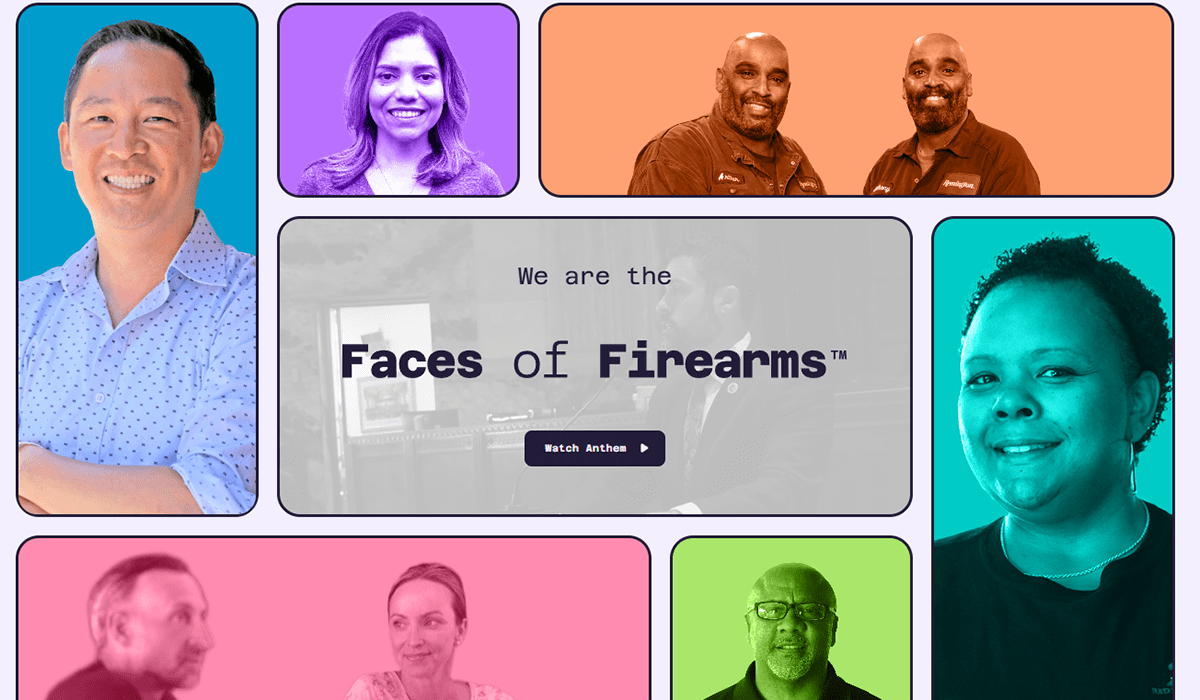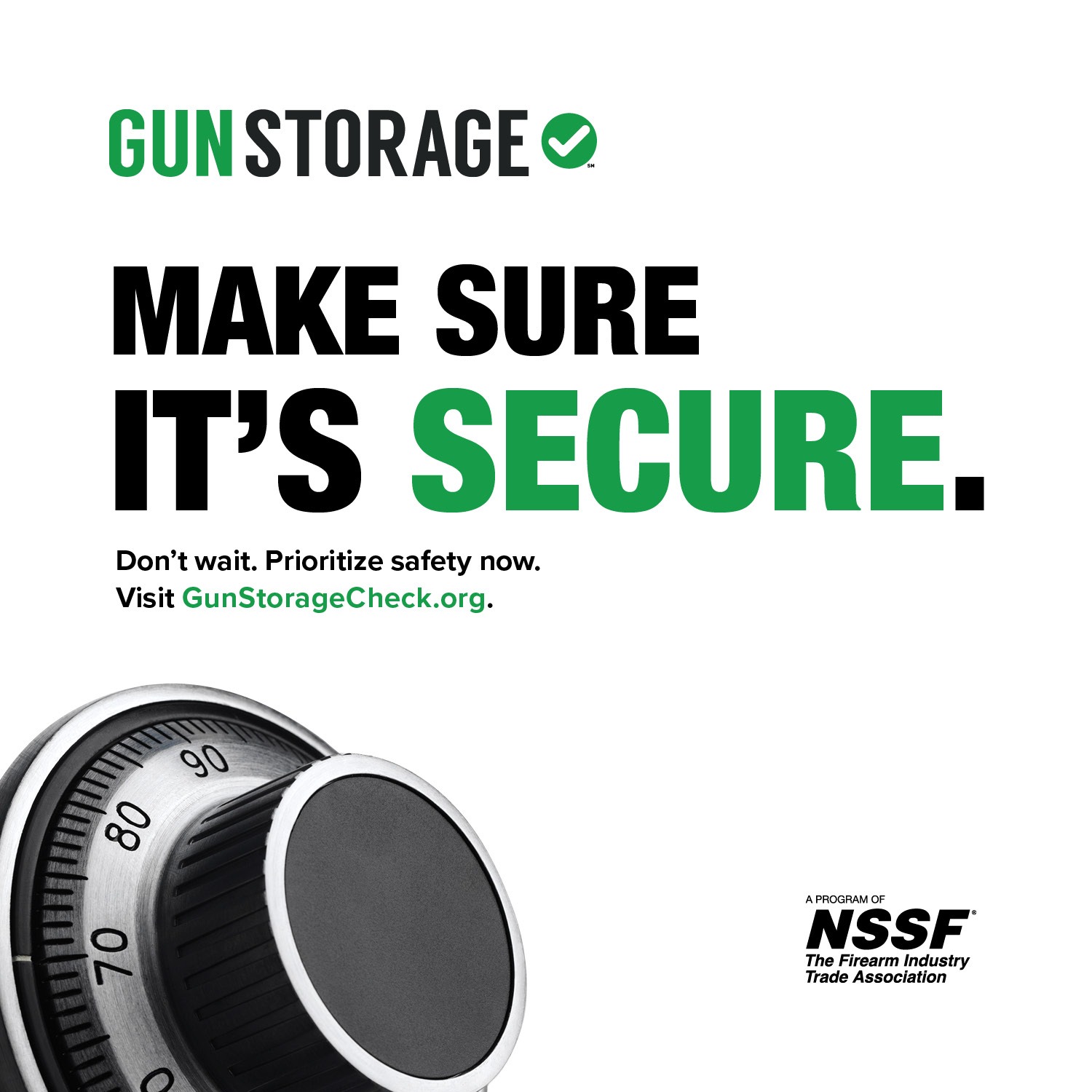 Back to News
Back to News
August 4, 2025
New Data Dashboard Shows Where Marylanders Should Consider Buying a Firearm…If They Can
Maryland announced it spent millions of taxpayer dollars to create its own “Firearm Violence Data Dashboard” to highlight the state’s efforts to reduce crime. The dashboard is hyped by those who love bells and whistles over police shoe leather work as providing a “real-time” snapshot of where crime – specifically criminal gun misuse – is occurring.
“Our ultimate goal with these resources is to develop, in partnership, data-driven solutions that will save the next life, protect the next family, and heal our communities,” Maryland Health Secretary Dr. Meena Seshamani told The Trace. That’s the gun control media outlet that describes itself as “independent” but that receives that vast majority of its funding from billionaire antigun activist Michael Bloomberg.
But in Maryland, where gun control supporting legislators have already implemented strict gun control laws that criminals continue to ignore and where law enforcement budgets have been slashed, the multimillion-dollar crime dashboard really just tells where law-abiding Marylanders, down to the zip code, should consider owning a firearm for self-defense.
After all, in a moment of danger, no crime victim is going to pull out their smart phone and look at the Maryland crime data dashboard while an armed criminal threatens them or their family while the police are several minutes away.
Misplaced Priorities
The new data dashboard is another example of gun control activists pursuing an expensive flashy object rather than getting tough on criminals and respecting Second Amendment rights of law-abiding Americans. Maryland, after all, already has some of the strictest gun control laws in the country, including a so-called “assault weapon” ban, so-called “red flag” laws that deny Due Process rights to gun owners who are subject of the order, universal background checks for firearm transfers and more.
For many Maryland officials, the dashboard is the answer, not jail time.
“A public health crisis like gun violence needs timely data so that we can actually have effective solutions,” Jen Pauliukonis, Executive Director of the Maryland Center for Firearm Violence Prevention and Intervention told The Trace. “Having this timely data, this relevant data, is going to help guide where we invest, how we improve firearm policies, and implementation.”
Maybe investing in law enforcement instead of slashing police budgets under pressure from “Defund the Police” activists would have helped keep Marylanders safe. Former Baltimore Police Department Deputy Commissioner Jason Johnson excoriated Baltimore officials for slashing police budgets in a recent op-ed published in The Wall Street Journal.
“This is a real problem. The number of police officers we have is important and we need to have more,” Johnson wrote. “Police agencies across the country are lowering their standards because they’re seeing real increases in retirements and resignations and many, many fewer applicants.”
Johnson wrote his op-ed shortly after the Baltimore City Council approved a budget plan that slashed more than $22 million from the police budget as a direct result from “Defund the Police” activists.
WYPR, the NPR affiliate in Baltimore, reported protesters rallied outside the city hall building demanding cuts and city council members caved, including current Baltimore Mayor Brandon Scott, who wanted to cut more and said, “This is just a first step, and we must recognize we did not get here overnight. In order to reduce our dependence on policing, we must continue the work we have started tonight over the next term.”
Some anti-police activists were demanding police budget cuts of $100 million.
Flawed Perception
The Trace’s report suggests efforts like the data dashboard are contributing to a downward trend in violent crime, especially in Baltimore. Some data suggests crime is going down there, but there are plenty of reasons why residents should be skeptical of leaders who promote crime data trends as it is often severely flawed. And following the extreme surges in violent crime across the country during the COVID-19 lockdowns, “Defund the Police” movement and rioting and business looting that was far too common a few years ago, many locations have come back down from those heightened crime levels.
But it’s notable, however, that during that same time period a historic number of law-abiding Americans purchased firearms, including more than 26 million who did so for the first time. Specifically, more than 979,000 law-abiding Marylanders purchased a firearm between Jan. 1, 2020, and June 30, 2025, according NSSF-adjusted FBI National Instant Criminal Background Check System (NICS) figures. The Trace, unsurprisingly, neglected to include these facts in their reporting.
Recently, U.S. Rep. Brandon Gill (R-Texas) keyed in on the data discrepancy and crime perception in Baltimore during a Congressional hearing. He questioned Neill Franklin, a retired Major from both the Maryland State Police and the Baltimore Police Department, about the city’s safety record and ongoing “sanctuary city” policies.
“Would you describe Baltimore as a safe city?” Congressman Gill asked.
After a several-second pause, Major Franklin asked, “What’s your definition of safe?” After a winding response, then stated, “The answer is definitely yes. Of course it is.”
Congressman Gill then pointed out that the homicide rate in Baltimore – which Major Franklin did not know – is about 35 murders per 100,000, roughly five times higher than the national average. He added the Baltimore robbery rate stands at approximately eight times higher than the national average and the Baltimore assault rate is about three times the national average. Major Franklin was unaware of any of those crime rates in his city.
Major Franklin again insisted he and his family “feel” safe in Baltimore. “It’s perception. It’s what you feel as a resident in Baltimore city.”
“If you’re murdered, I don’t think it matters what you feel, do you?” Rep. Gill responded.
Instead of pursuing multi-million dollar taxpayer-funded data dashboards, Baltimore officials and Maryland bureaucrats should focus on supporting police in their dangerous work to keep neighborhoods safe and criminals behind bars, while also protecting the Constitutional rights of Marylanders. The only good to come out of a crime map dashboard is to show empowered Marylanders where they most need to become law-abiding gunowners to keep themselves and their families safe.
You may also be interested in:
Categories: BP Item, Featured, Government Relations, Top Stories









